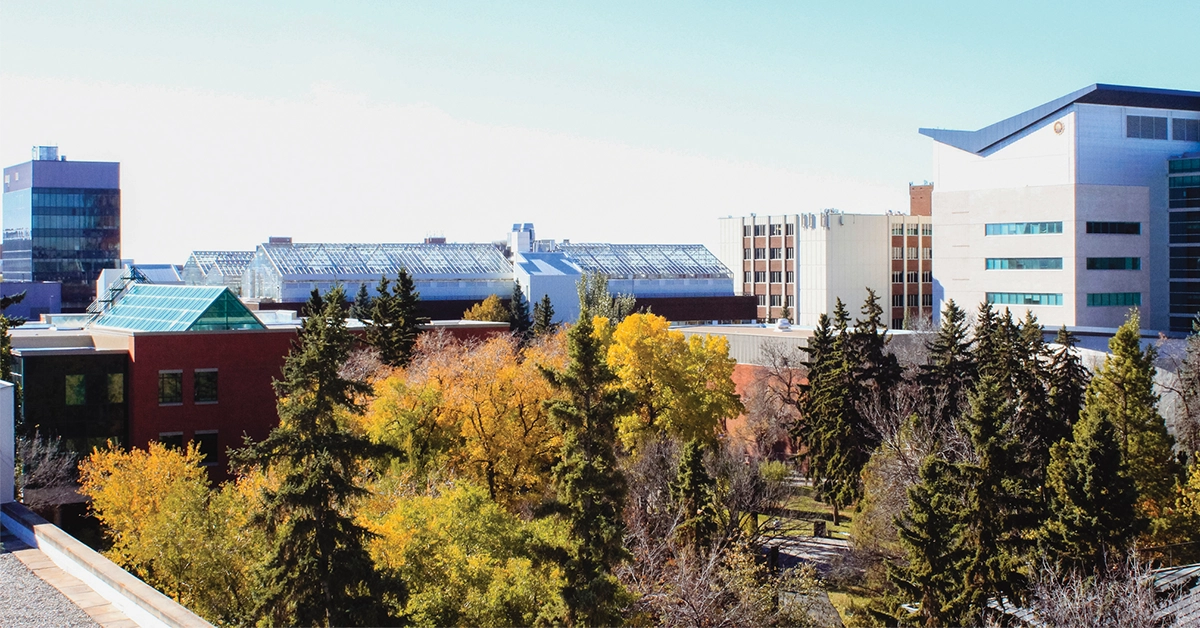November is upon us. The malls are overflowing with red and green ornaments and eager crowds, and coffee shops abandon the pumpkin spice flavours for peppermint mochas. For those who like to explore the outdoors despite the dropping temperatures, the early sunsets in November provide a perfect opportunity to reach for the stars and observe the night sky. Whether you’re looking for a quiet night out or to get away from the crowds of holiday shoppers, stargazing can be a great way to discover the skies above and beyond the city.
You don’t need to travel far to see the constellations and planets. Edmonton’s observatories help their visitors gaze into space on any given week of the month. And the best part? It is absolutely free of charge.
Located on the fifth floor of the Centennial Centre for Interdisciplinary Science (CCIS) at the main University of Alberta campus, the astronomical observatory is run by the department of physics. The observatory houses three high-definition telescopes, and one of them, a 20-inch Devon Telescope, was manufactured and put together by the machine shop in the department of physics.
So bring some hot chocolate and your warmest jacket and head up to the highest floor of CCIS to marvel at the stars and the city lights. The best way to access the observatory is through the west elevators. While you wait for a guide, you can read about the mysteries of the universe on the walls of the observatory.
Learn more: Department of Physics Astronomical Observatory
The observatory is open to the public on Thursdays from 7 to 8 p.m. in November and December. Though there is no admission fee, there is a one-hour time limit. Unfavourable weather could restrict access, but people are never turned away due to the observatory being busy. Whether the number of visitors is two or 20, the observatory is open to hosting as many as can fit atop its roof.
The rooftop offers a scenic view of the University of Alberta campus, with the downtown lights glimmering in the distance. The high-magnitude telescopes located on elevated, shielded platforms allow you to get a glimpse far enough into space to recognize Saturn’s rings.
With the planet being 1.2 billion kilometers away from Earth, you’re looking at something that would take over a year and half for the most advanced spacecraft to reach.
As you sip your drink and take in the scenery, your guide will teach you the history of the observatory or the myths and truths behind the latest meteorite shower predictions. But whether you are looking at the closest constellations to Earth or attempting to count Saturn’s rings, the view is out of this world.
If you are looking to include stargazing in your weekend outings, you can also check out the RASC Observatory, located in Coronation Park just outside the TELUS World of Science. It is open to the public Friday through Sunday for the afternoon and evening. Entrance is always free of charge.
You can observe the sun and the stars, as well as special events that are visible in Edmonton, like solar or lunar eclipses and comets.
Photography by Kateryna Didukh.





0 Comments